Find Help
More Items From Ergsy search
-

Pelvic health: Urge Incontinence
Relevance: 100%
-

Pelvic health: stress urinary incontinence
Relevance: 62%
-

Incontinence | NHS
Relevance: 54%
-
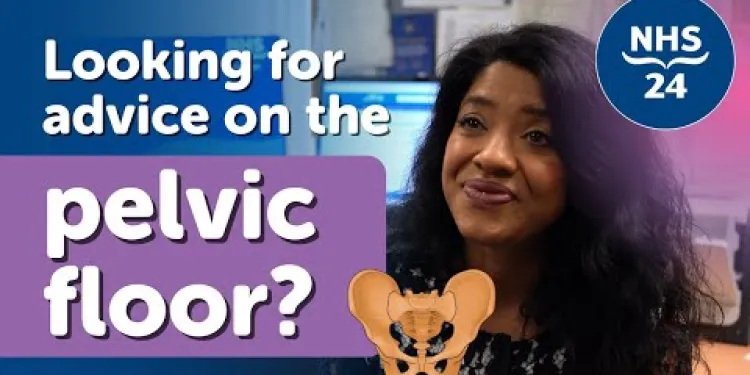
Your pelvic health matters: insights from NHS clinicians
Relevance: 47%
-

Incontinence and Prolapse - Physiotherapy Advice
Relevance: 47%
-

Pelvic health: prolapse
Relevance: 46%
-

Pelvic health: prolapse
Relevance: 46%
-

Incontinence and Prolapse - Physiotherapy Advice
Relevance: 45%
-
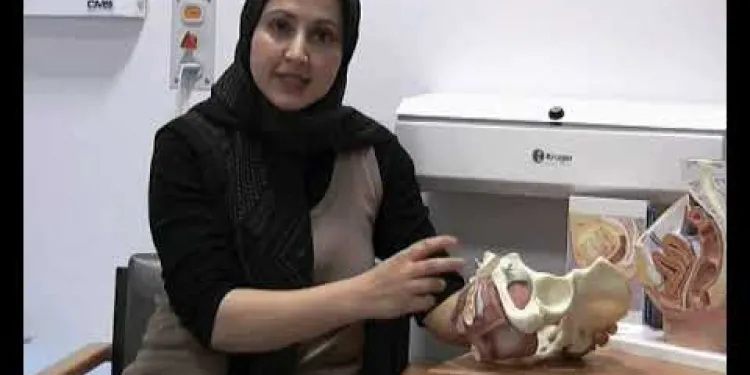
Physiotherapy Assessment of Urinary Incontinence
Relevance: 44%
-
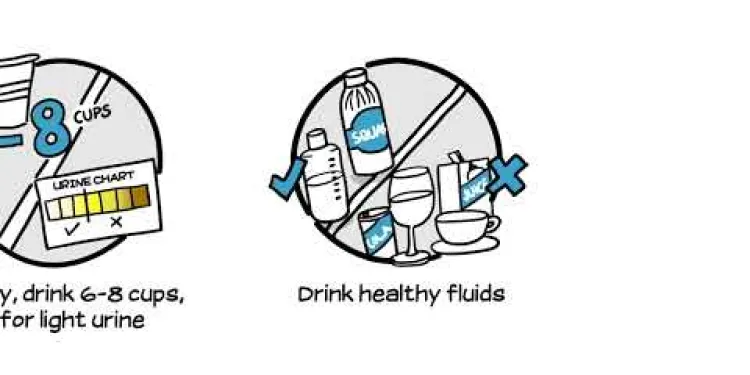
Avoiding infections with urinary incontinence
Relevance: 39%
-
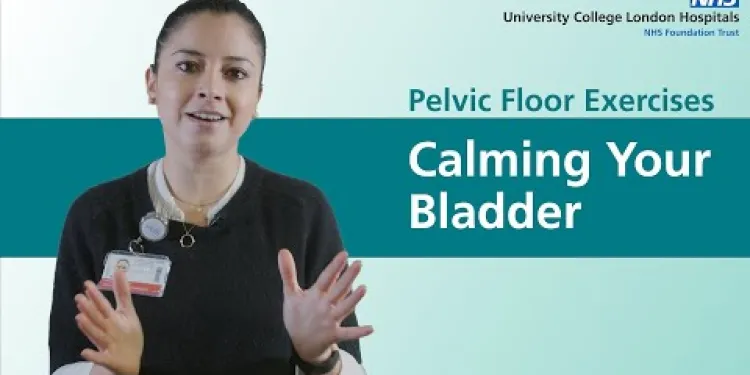
Pelvic Floor Exercises - Using Your Pelvic Floor to Calm Down Your Bladder
Relevance: 39%
-

Newcastle Specialist Continence Service's Light Urinary Incontinence Project
Relevance: 37%
-
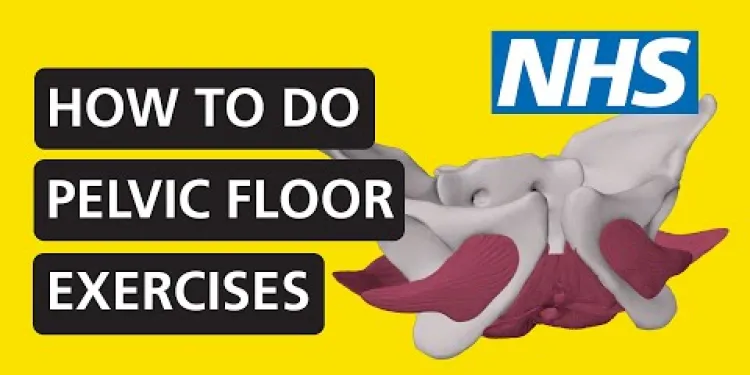
How to do pelvic floor exercises | NHS
Relevance: 35%
-
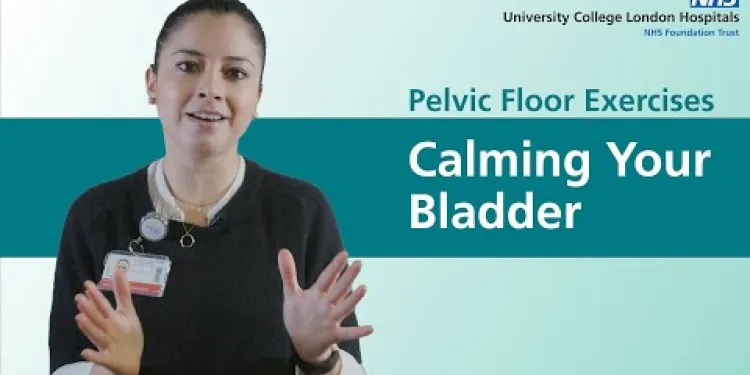
Pelvic Floor Exercises - Using Your Pelvic Floor to Calm Down Your Bladder
Relevance: 35%
-
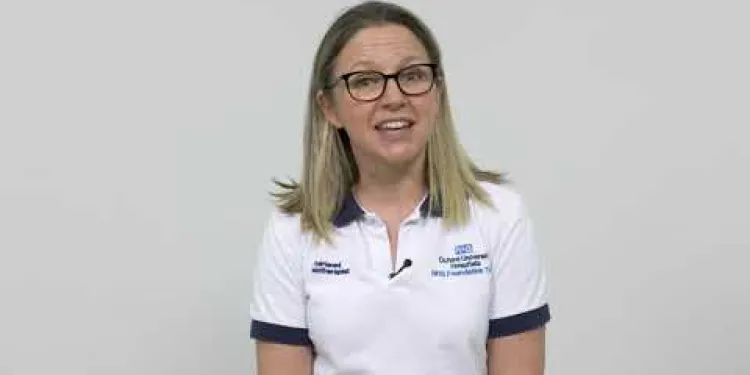
The Pelvic Floor Muscles - Developing an Exercise Programme
Relevance: 34%
-

Understanding Your Sexual Health - Pelvic Inflammatory Disease
Relevance: 30%
-
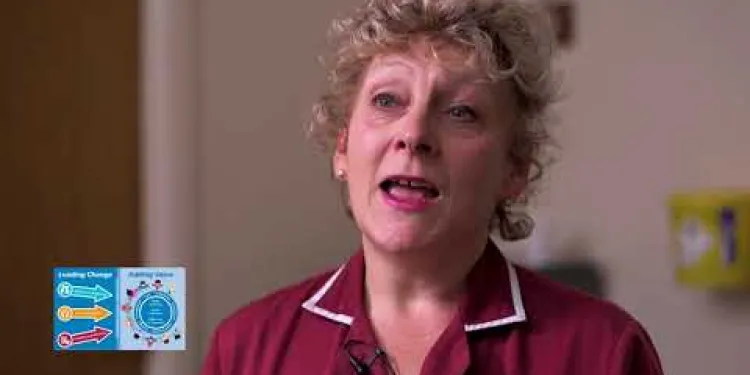
Sandwell and West Birmingham Hospitals NHS Trust – Faecal Incontinence and Constipation Healthcare
Relevance: 28%
-

BSL Pelvic inflammatory disease (PID)
Relevance: 25%
-

Pelvic Girdle Pain Advice Class
Relevance: 25%
-
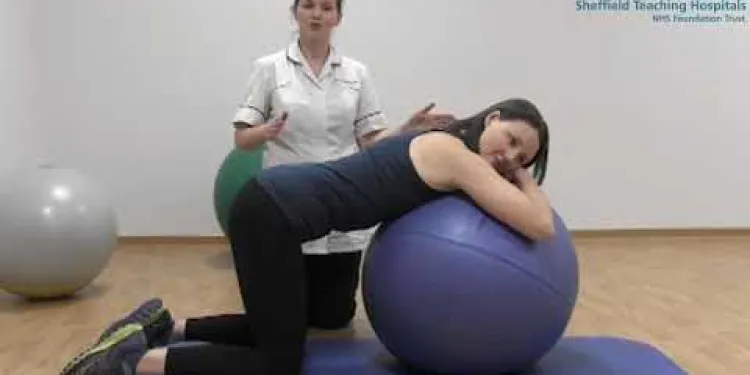
Mat and gym ball exercises with pregnancy related Pelvic Girdle Pain
Relevance: 21%
-

Campaigners Urge Review of Child Benefit Rates in Light of Inflation
Relevance: 20%
-

Prolapse Types and Tips
Relevance: 19%
-

Prolapse Management
Relevance: 19%
-

Health Officials Warn Against 'DIY' Health Remedies Amid Supply Chain Issues
Relevance: 16%
-

Understanding Your Sexual Health - Gonorrhoea
Relevance: 15%
-
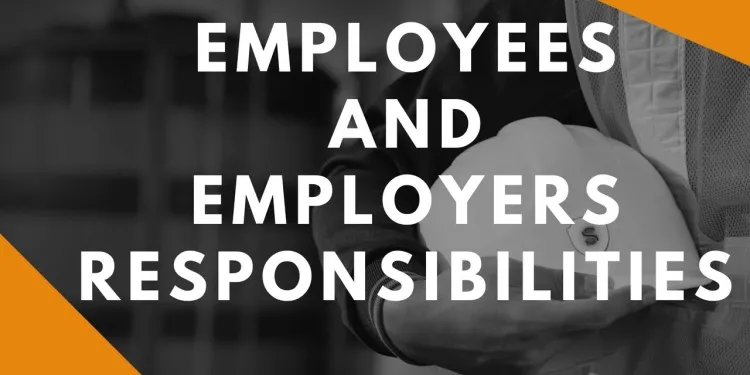
Health and safety responsibilities
Relevance: 13%
-

What do health organizations say about aspirin and cancer prevention?
Relevance: 13%
-

Harshi’s learning disability annual health check and health action plan
Relevance: 13%
-

Understanding Mental Health in Children
Relevance: 12%
-

Mental Health Support Resources in the UK
Relevance: 12%
-

Mental Health Support Services in the UK
Relevance: 12%
-
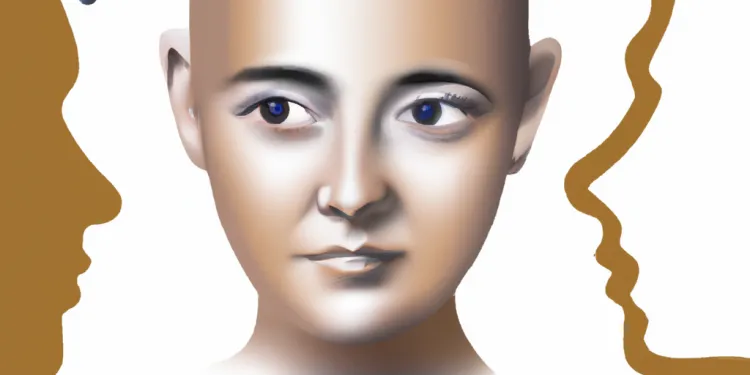
Mental Health Resources for Families
Relevance: 12%
-

What is a public health funeral?
Relevance: 12%
-
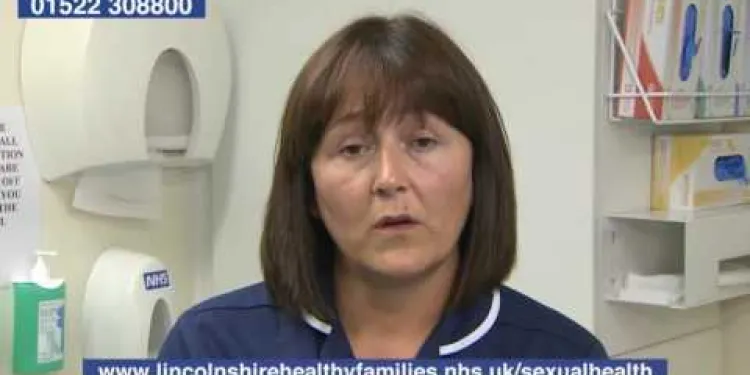
The symptoms of gonorrhoea
Relevance: 12%
-

Postpartum Health: Mother and Baby
Relevance: 12%
-

Accessing Mental Health Support Resources in the UK
Relevance: 12%
-

Advancements in Mental Health Resources for Families
Relevance: 12%
-

What is the impact of obesity on mental health?
Relevance: 12%
-

Mental Health Support Resources for Families
Relevance: 12%
-

Mental Health: Laura's Story | NHS
Relevance: 12%
Pelvic Health: Understanding Urge Incontinence
What is Urge Incontinence?
Urge incontinence, a common type of urinary incontinence, involves a sudden and strong need to urinate, often resulting in involuntary urine leakage before reaching a toilet. It can affect people of all ages but is more frequent in older adults. This condition occurs when the bladder muscles contract uncontrollably, leading to an urgent need to urinate that can be difficult to suppress.Causes of Urge Incontinence
Several factors can contribute to urge incontinence. These may include:- Overactive bladder syndrome
- Neurological disorders such as Parkinson's disease or multiple sclerosis
- Bladder infections or stones
- Certain medications that increase urine production
- Conditions like diabetes that affect bladder nerves
Symptoms of Urge Incontinence
The primary symptom of urge incontinence is a sudden, intense urge to urinate followed by involuntary leakage. Other symptoms may include:- Frequent urination, often more than eight times a day
- Waking up multiple times at night to urinate (nocturia)
- Feeling an urgent need to urinate even if the bladder is not full
Diagnosis and Assessment
Diagnosing urge incontinence typically involves a thorough medical history and physical examination. Healthcare providers in the UK may also recommend:- Bladder diaries to track urination patterns
- Urinalysis to check for infections or abnormalities
- Urodynamic tests to assess bladder function
- Cystoscopy to examine the bladder's interior
Treatment Options
Treatment for urge incontinence varies based on the underlying cause and severity. Common treatments include:- Lifestyle modifications: Reducing fluid intake, avoiding caffeine and alcohol, and maintaining a healthy weight.
- Bladder training: Scheduled urination and exercises to delay urination urges.
- Medications: Anticholinergics or beta-3 agonists to relax bladder muscles.
- Physical therapy: Pelvic floor exercises to strengthen muscles supporting the bladder.
- Surgery: In cases of severe or refractory incontinence, surgical options may be considered.
Managing Urge Incontinence
Living with urge incontinence can be challenging, but several strategies can help manage symptoms effectively:- Wearing absorbent pads or protective clothing
- Practicing pelvic floor exercises regularly
- Planning ahead and identifying accessible restrooms
- Engaging in regular physical activity to improve overall health
Support and Resources
Numerous resources are available in the UK for individuals dealing with urge incontinence. These include support groups, educational materials, and professional guidance from healthcare providers. Organisations such as the Bladder and Bowel Community provide valuable information and support for managing urinary incontinence. In conclusion, understanding and addressing urge incontinence is crucial for maintaining pelvic health and overall well-being. With appropriate diagnosis, treatment, and management strategies, individuals can effectively manage their symptoms and improve their quality of life.Pelvic Health: Understanding Urge Incontinence
What is Urge Incontinence?
Urge incontinence means you suddenly feel like you need to pee right away, and sometimes you might leak urine before getting to a toilet. This can happen to anyone but is more common in older people. It happens when the bladder squeezes when it's not supposed to, making it hard to hold in the pee.Causes of Urge Incontinence
Many things can cause urge incontinence. Some causes are:- Overactive bladder syndrome
- Brain or nerve problems like Parkinson's disease or multiple sclerosis
- Bladder infections or stones
- Some medicines that make you pee more
- Health issues like diabetes affecting bladder nerves
Symptoms of Urge Incontinence
The main sign of urge incontinence is needing to pee very suddenly and then leaking urine. Other signs include:- Peeing a lot during the day, more than eight times
- Waking up at night a lot to pee
- Needing to pee even if your bladder is not full
Diagnosis and Assessment
To find out if someone has urge incontinence, doctors usually look at medical history and do a physical check. In the UK, doctors might also suggest:- Keeping a bladder diary to see how often you go
- Urine tests to check for infections
- Special tests to see how the bladder works
- Looking inside the bladder with a small camera
Treatment Options
How doctors treat urge incontinence depends on why it's happening and how bad it is. Common treatments include:- Changing habits: Drinking less, avoiding caffeine and alcohol, staying at a healthy weight.
- Bladder training: Going to the toilet on a schedule and holding in the urge to pee.
- Medicines: Drugs that help relax the bladder muscles.
- Physical exercises: Doing exercises to make the muscles around the bladder stronger.
- Surgery: Sometimes, if nothing else works, an operation might help.
Managing Urge Incontinence
Living with urge incontinence can be hard, but these tips can help:- Using special pads or clothes to stay dry
- Doing pelvic exercises often
- Knowing where toilets are when going out
- Exercising to keep healthy overall
Support and Resources
There are lots of ways to get help in the UK if you have urge incontinence. You can find support groups, information, and get advice from doctors. Groups like the Bladder and Bowel Community can be very helpful and provide lots of information. In short, understanding and taking care of urge incontinence is important for staying healthy. With the right help, people can manage their symptoms and live well.Frequently Asked Questions
What is urge incontinence?
Urge incontinence is a type of urinary incontinence where there is a sudden and intense urge to urinate, followed by an involuntary loss of urine.
What causes urge incontinence?
Urge incontinence is often caused by an overactive bladder. This may result from nerve damage, bladder infections, or certain medical conditions such as diabetes or multiple sclerosis.
How common is urge incontinence in the UK?
Urge incontinence is quite common in the UK, particularly among older adults. It affects both men and women, but women are more likely to experience it.
What are the symptoms of urge incontinence?
The primary symptom is a sudden and uncontrollable need to urinate, which can lead to involuntary leakage of urine. This urge may occur frequently and with little warning.
Is urge incontinence the same as overactive bladder?
Urge incontinence is often associated with overactive bladder (OAB). While both conditions involve a strong, sudden need to urinate, urge incontinence includes involuntary urine leakage.
Can urge incontinence be treated?
Yes, treatments include lifestyle changes, bladder training, pelvic floor exercises, medications, and in some cases, surgery.
What lifestyle changes can help manage urge incontinence?
Reducing caffeine and alcohol intake, losing weight, and managing fluid intake can help manage symptoms. Scheduled voiding and avoiding triggers like spicy foods may also be beneficial.
What are pelvic floor exercises?
Pelvic floor exercises, or Kegel exercises, strengthen the pelvic floor muscles, which can help support the bladder and reduce symptoms of urge incontinence.
Are there any medications for urge incontinence?
Yes, medications such as antimuscarinics and beta-3 agonists can help relax the bladder muscle and reduce symptoms of urge incontinence.
What is bladder training?
Bladder training involves scheduling bathroom visits and gradually increasing the time between urinations to help retrain the bladder to hold urine longer.
When should I see a doctor for urge incontinence?
If you experience frequent or severe urge incontinence that impacts your daily life, it’s important to see a healthcare professional for a proper diagnosis and treatment plan.
What happens during a medical evaluation for urge incontinence?
A medical evaluation may include a urinalysis, bladder diary, physical exam, and possibly urodynamic testing to assess bladder function.
Are there surgical options for treating urge incontinence?
Surgical options exist but are generally considered only when other treatments have failed. Procedures may include bladder augmentation or nerve stimulation techniques.
Can urge incontinence be prevented?
While it may not always be preventable, maintaining a healthy lifestyle, avoiding bladder irritants, and practicing pelvic floor exercises can reduce the risk of developing urge incontinence.
Is urge incontinence a sign of a more serious condition?
Urge incontinence can sometimes be associated with underlying conditions like bladder infections, neurological disorders, or diabetes. It's important to consult a doctor for an accurate diagnosis.
What is urge incontinence?
Urge incontinence is when you have a sudden need to pee and can't hold it in. It can make you wet yourself before you reach the bathroom.
Here are some tips to help:
- Try to go to the bathroom at regular times.
- Use the bathroom before you feel a strong need to go.
- Keep a diary of when you pee to help spot patterns.
- Talk to a doctor for more advice.
Urge incontinence is when you suddenly need to pee and can't hold it in. You might pee a little before you get to the toilet.
What makes you need to wee suddenly?
Urge incontinence is when you feel like you need to pee really quickly. This can happen because the bladder is too active. It might be because of damage to the nerves, bladder infections, or health problems like diabetes or multiple sclerosis.
If you have trouble understanding, you can try:
- Using simple pictures to explain ideas.
- Asking someone to read with you.
- Listening to audio versions of the text.
How many people have urge incontinence in the UK?
Urge incontinence is when you suddenly need to pee. Many people in the UK have this issue.
If you or someone you know has trouble, you can talk to a doctor. They can help.
Needing to pee suddenly is common in the UK, especially for older people. Both men and women can have it, but women have it more often.
What happens when you have urge incontinence?
Urge incontinence means you can't hold pee when you feel you need to go. Here are some signs:
- You feel a strong, sudden need to pee.
- You might have little time to make it to the toilet.
- You might leak pee even if you try to hold it.
If you need help, talk to a doctor or nurse. They can help you stay dry and feel better. You can also use tools like reminders to go to the toilet on time.
The main sign is feeling like you really have to pee all of a sudden. Sometimes, you can't stop it, and a little pee might come out. This can happen a lot and without much warning.
Is urge incontinence the same as overactive bladder?
Urge incontinence and overactive bladder are not exactly the same, but they are related. When you have an overactive bladder, you feel a strong need to pee right away. This can happen even when your bladder is not full. Sometimes, you might not make it to the bathroom in time, and this is called urge incontinence.
If you have trouble with this, you can try these things to help:
- Go to the bathroom at regular times, even if you don't feel the need to pee.
- Do exercises to make your bladder muscles stronger. These are called pelvic floor exercises or Kegels.
- Talk to a doctor or nurse. They can give you more advice and help.
Urge incontinence happens when you can't control your bladder. This means you might pee a little by accident.
An overactive bladder (OAB) and urge incontinence both make you feel like you need to pee really quickly.
But with urge incontinence, you might not make it to the toilet on time.
If you're having trouble, some helpful things are:
- Going to the toilet at the same times every day.
- Doing exercises to make your bladder muscles stronger.
- Talking to a doctor for more help.
Can I get help if I need to pee quickly?
Yes, there are ways to help. You can change some habits, do exercises, take medicine, and sometimes have an operation.
Here are some tips to make it easier to understand:
- Make a list of things to try.
- Ask a friend or family member to help read it with you.
- Use an app or tool that reads text out loud.
What can you do to help with urge incontinence?
Drinking less coffee and alcohol can help. Losing weight and drinking less fluid before bedtime is good too. Go to the toilet at regular times. Avoid spicy foods, as they might make things worse.
What are pelvic floor exercises?
Pelvic floor exercises help make your muscles stronger. These muscles are inside your body, at the bottom. They help you control pee and poop. Doing these exercises can make it easier to go to the bathroom and stop accidents.
What can help:
- Try counting while you do the exercises. This helps you know how long to hold each one.
- You can follow along with videos online. They show you how to do the exercises right.
- Ask someone you trust to do the exercises with you. This can make it more fun!
Pelvic floor exercises are also called Kegel exercises. These exercises make the muscles in your pelvic floor stronger. Strong pelvic floor muscles can help your bladder and make you feel like you need to go to the bathroom less often.
Here are some tips to make it easier:
- Try to do Kegel exercises every day.
- You can do them when sitting down or lying in bed.
- There are apps that can help remind you to do your exercises.
Can medicine help if you can't control your bladder?
Yes, some medicines can help with bladder problems. They help the bladder muscle relax. This can stop sudden feelings of needing to pee.
What is bladder training?
Bladder training helps you go to the toilet less often. It is a way to teach your bladder to hold pee for longer.
Here is how you can do bladder training:
- Go to the toilet at set times. Try to wait a little longer each time before you go.
- Write down when you go to the toilet to see how you are doing.
- Ask someone to help you if you find it hard.
Tools to help you:
- Use a timer to remind you when it's time to go.
- Ask a grown-up to help you plan your bathroom times.
Bladder training means making a plan for when to use the bathroom. You try to wait longer before you go, so your bladder can learn to hold pee for more time.
When should I see a doctor because I can't control my bladder?
If you really need to go to the toilet and can't hold it, it is a good idea to see a doctor.
Here are some reasons to see a doctor:
- You often can't hold your pee and it bothers you.
- You feel pain or burning when you pee.
- Your pee smells very strong or looks different, like cloudy or red.
- You have trouble going to the toilet and it's hard to do everyday things.
If you're not sure, you can ask a family member or friend to help you decide. There are also apps and tools that can remind you to go to the toilet on time.
If you often feel like you need to pee right away and it makes life hard, you should talk to a doctor. They can help find out what's wrong and figure out how to make it better.
What happens at a doctor visit for urge incontinence?
When you see the doctor for urge incontinence, they will want to help you. Here is what might happen:
- Ask questions: The doctor will ask you questions about when you feel the strong need to pee and if you have any leaks.
- Check your health: The doctor will do a simple check-up to see how you are doing.
- Tests: Sometimes, the doctor might ask for a test to see how your bladder is working.
If it's hard to remember things the doctor says, you can:
- Bring someone with you to help listen and remember.
- Write down what the doctor says.
- Ask the doctor to use simple words.
The doctor is there to help you feel better, so it is okay to ask questions.
A doctor will check if your bladder is healthy. They might ask you to pee in a cup for a test. You might have to keep a diary of when you go to the toilet. The doctor will also look at your body and may do some special tests to see how your bladder works.
Can surgery help with needing to pee right away?
Doctors can do surgery to help the bladder, but they usually try other ways first. Surgery could make the bladder bigger or use tiny machines to help the nerves work better.
Can we stop urge incontinence?
You can sometimes stop the problem by doing a few things. Living healthy, staying away from things that bother your bladder, and doing exercises to make your pelvic floor stronger can help. This might make it less likely for you to have urge incontinence.
Does needing to pee suddenly mean something is wrong?
Sometimes, needing to pee right away can happen because of things like bladder infections or illnesses like diabetes. It can also be because of problems with the nerves in the body. It's important to talk to a doctor to find out what's wrong.
Useful Links
- Ergsy carfully checks the information in the videos we provide here.
- Videos shown by Youtube after a video has completed, have NOT been reviewed by ERGSY.
- To view, click the arrow in centre of video.
- Most of the videos you find here will have subtitles and/or closed captions available.
- You may need to turn these on, and choose your preferred language.
- Go to the video you'd like to watch.
- If closed captions (CC) are available, settings will be visible on the bottom right of the video player.
- To turn on Captions, click settings .
- To turn off Captions, click settings again.
More Items From Ergsy search
-

Pelvic health: Urge Incontinence
Relevance: 100%
-

Pelvic health: stress urinary incontinence
Relevance: 62%
-

Incontinence | NHS
Relevance: 54%
-

Your pelvic health matters: insights from NHS clinicians
Relevance: 47%
-

Incontinence and Prolapse - Physiotherapy Advice
Relevance: 47%
-

Pelvic health: prolapse
Relevance: 46%
-

Pelvic health: prolapse
Relevance: 46%
-

Incontinence and Prolapse - Physiotherapy Advice
Relevance: 45%
-

Physiotherapy Assessment of Urinary Incontinence
Relevance: 44%
-

Avoiding infections with urinary incontinence
Relevance: 39%
-

Pelvic Floor Exercises - Using Your Pelvic Floor to Calm Down Your Bladder
Relevance: 39%
-

Newcastle Specialist Continence Service's Light Urinary Incontinence Project
Relevance: 37%
-

How to do pelvic floor exercises | NHS
Relevance: 35%
-

Pelvic Floor Exercises - Using Your Pelvic Floor to Calm Down Your Bladder
Relevance: 35%
-

The Pelvic Floor Muscles - Developing an Exercise Programme
Relevance: 34%
-

Understanding Your Sexual Health - Pelvic Inflammatory Disease
Relevance: 30%
-

Sandwell and West Birmingham Hospitals NHS Trust – Faecal Incontinence and Constipation Healthcare
Relevance: 28%
-

BSL Pelvic inflammatory disease (PID)
Relevance: 25%
-

Pelvic Girdle Pain Advice Class
Relevance: 25%
-

Mat and gym ball exercises with pregnancy related Pelvic Girdle Pain
Relevance: 21%
-

Campaigners Urge Review of Child Benefit Rates in Light of Inflation
Relevance: 20%
-

Prolapse Types and Tips
Relevance: 19%
-

Prolapse Management
Relevance: 19%
-

Health Officials Warn Against 'DIY' Health Remedies Amid Supply Chain Issues
Relevance: 16%
-

Understanding Your Sexual Health - Gonorrhoea
Relevance: 15%
-

Health and safety responsibilities
Relevance: 13%
-

What do health organizations say about aspirin and cancer prevention?
Relevance: 13%
-

Harshi’s learning disability annual health check and health action plan
Relevance: 13%
-

Understanding Mental Health in Children
Relevance: 12%
-

Mental Health Support Resources in the UK
Relevance: 12%
-

Mental Health Support Services in the UK
Relevance: 12%
-

Mental Health Resources for Families
Relevance: 12%
-

What is a public health funeral?
Relevance: 12%
-

The symptoms of gonorrhoea
Relevance: 12%
-

Postpartum Health: Mother and Baby
Relevance: 12%
-

Accessing Mental Health Support Resources in the UK
Relevance: 12%
-

Advancements in Mental Health Resources for Families
Relevance: 12%
-

What is the impact of obesity on mental health?
Relevance: 12%
-

Mental Health Support Resources for Families
Relevance: 12%
-

Mental Health: Laura's Story | NHS
Relevance: 12%


